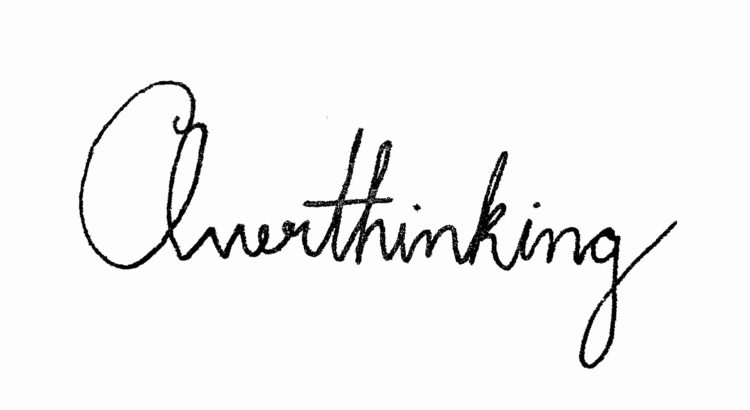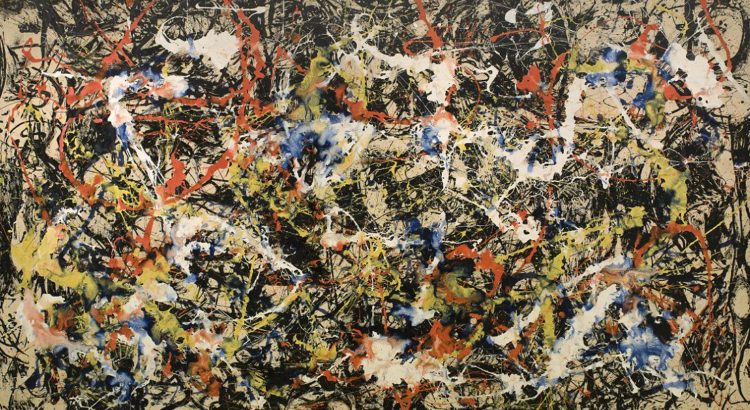I am constantly overthinking things, whether it be focusing on irrelevant details, over complicating problems, psyching myself out, or getting overwhelmed by too many thoughts. It’s something I know a lot of people deal with, seemingly more in this generation than most, and it’s an interesting phenomenon. I can’t say exactly why I tend to overthink things (keep in mind I’m not a psychologist), but if I had to guess, I would say that it ties into the high expectations created by society and myself to be perfect, resulting in an unrealistic perfectionist attitude when approaching problems. I constantly have to remind myself that I’m focusing on the wrong parts of a problem and wasting time considering things that have little to no difference in my life in some futile search to be perfect. This problem of overthinking is most noticeable when I attempt to create art. Whether it be writing, drawing, making music, or even doodling, I always hit the brick wall of perfectionism. Those who know me might think I sound ridiculous; my work doesn’t usually speak of perfectionism, and it doesn’t seem like I always think things through. The truth is, that’s how I deal with my problem of overthinking: impulse and randomness.

When I sit down to write one of these posts, I start two or three different drafts on completely different concepts. I have a lot of great ideas and I can talk passionately about a lot of them, but as I start to write I often hit that wall, where suddenly it sounds ridiculous or unimportant and I psych myself out. Usually that’s when I delete the draft and start over with a new idea. This problem is often called writer’s block, but for me it’s a difference of being too critical of myself, not being unable to think of what to write. Similarly I also struggle to draw; although I’ve always had some talent at it, I never know what to draw. As a kid I would just copy the pictures from the how-to-draw books, not even the steps from beginning to end, just the final result. In the end I was great at drawing something realistically by looking at it, but when it came time to draw something new I always gave up. It wasn’t a lack of imagination, but the endless overthinking that frustrated me. As a result I don’t draw much anymore, and my doodles are just chaotic scribbles of frustration, but recently I discovered a way to get around perfectionism: by creating abstract art. It makes sense, especially considering how I often rely on impulse and randomness to get around overthinking. Abstract art practically embodies this approach, and I find that it’s a great way to create something; even if it’s not good, at least it’s better than creating nothing.
The moral of the story: if you struggle with creating things, especially art, just start with something easy or small. People often say that getting started is the hardest part, and even though I’m really tired of hearing it, I do think it’s inherently true. Aiming for perfection certainly doesn’t help either; if you always strive for something unattainable, you will never feel good about what you made, and likely you’ll be even less motivated to try again the next time.




